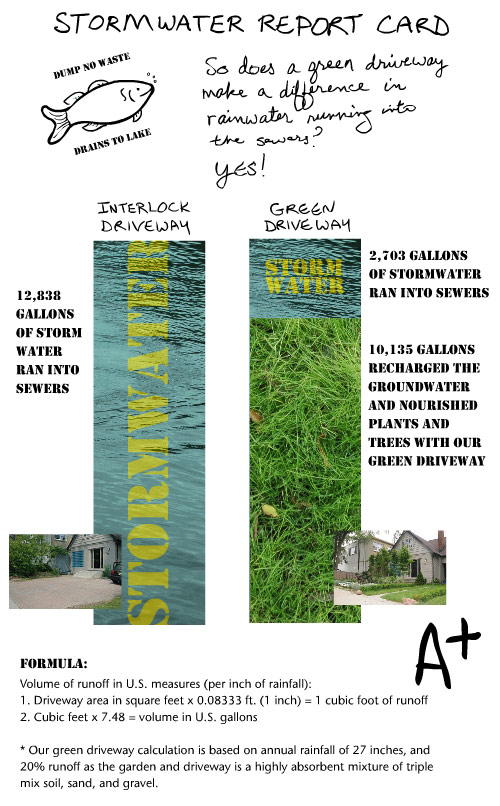Coral Gardening from Jonathan Clay on Vimeo.
pretty cool video about coral gardening in fijiSaturday, October 17, 2009
Thursday, October 01, 2009
Up, up and away...

Grouper

Crevalle Jack

Butterfly

Grouper

Snapper

Burr Fish

Boxfish

Lookdown

Filefish
This could get interesting...
This article is from the bbc
Vertical crop system is piloted
 The system can be powered by wind or solar energy, as well as electricity |
A new vertical method for growing crops which claims to use less land and only 5% of the water usually needed is being piloted at a Devon zoo.
The system grows plants in trays of water moving on a conveyor belt.
The company behind it, Valcent, based in Launceston, Cornwall, said it was a sustainable solution to the world's "rapidly-diminishing resources."
Paignton Zoo is planning to use it to grow herbs, leaf vegetables and fruit as food for its animals.
Read the rest here.
Wednesday, May 20, 2009
Scallops make comeback
 "RANDEE DADDONA PHOTO These well-fed Peconic Bay scallops were raised in a hatchery on Cedar Beach in Southold. The work of local biologists to boost populations of the delectable shellfish, devastated by brown tide in the mid-1990s, is paying off. "
"RANDEE DADDONA PHOTO These well-fed Peconic Bay scallops were raised in a hatchery on Cedar Beach in Southold. The work of local biologists to boost populations of the delectable shellfish, devastated by brown tide in the mid-1990s, is paying off. "this article was just highlighted in the Suffolk Times. Yes it is a local paper, but this is pretty big news - the best scallop year in the Peconics since 1995. That's nothing to laugh at. We are keeping our fingers crossed, but so far, the results are looking good!
The highlights:
-The largest bay scallop sanctuary in the world
- 500.000 scallops
- Commercial landings from last November and December in the Peconics were the highest they have been since 1995
- Scallop stocks in some local waters are 13 times higher than they were 5 years ago
Wednesday, May 06, 2009
Green Driveways

Making green driveways better for the environment? According to this blog, Franke James claims grass driveways are the new green feature for your home that prevents stormwater run-off from your typical paved or interlocked driveways. The image above comes from his blog. Check it out for yourself.
Thursday, April 30, 2009
Toxic algae found in local bays in '08
Researchers from Stony Brook Southampton’s Marine Science Center say they have detected a previously unidentified species of toxic algae in East End bays that could be harmful to humans.
Details about the discovery of the toxic Alexandrium algae will be presented by Stony Brook University professor Dr. Christopher Gobler and his research students who identified the algae as part of a symposium at the Stony Brook Southampton campus this Friday night.
The algae, the same species that has forced the annual halt of valuable shellfish harvests in Massachusetts and Maine in recent years, was found in relatively small quantities locally, but traces of a neurotoxin that the algae produces were also detected for the first time in local waters, according to Dr. Gobler. The neurotoxin the algae produces can accumulate in the meat of shellfish that are exposed to prolonged blooms of the algae and could be dangerous to humans who eat the shellfish.
The reddish hue that the blooms of Alexandrium algae add to the water they live in has earned it the nickname “red tide”—recalling the infamous “brown tide” blooms of another algae species that have plagued East End bays for more than two decades.
Read the rest here.
Harmful algal blooms are becoming more of a problem on Long Island. Last year, we observed the largest and longest brown tide bloom every recorded, the appearance of another type of red tide which is toxic to many larvae, and this Alexandrium, a red tide which produces a toxin that is harmful to humans. There are many reasons for the increasing numbers of these bloom events, such as nutrient loading, land use change, climate change, and overfishing of filter feeders. This is also becoming a national problem, and much of the new environmental legislation is geared toward prevention, mitigation and control of these bloom species. This is the focus of much current research within the Gobler lab at the School of Marine and Atmospheric Sciences of Stony Brook University.
Thursday, January 15, 2009
Strange underwater creatures





